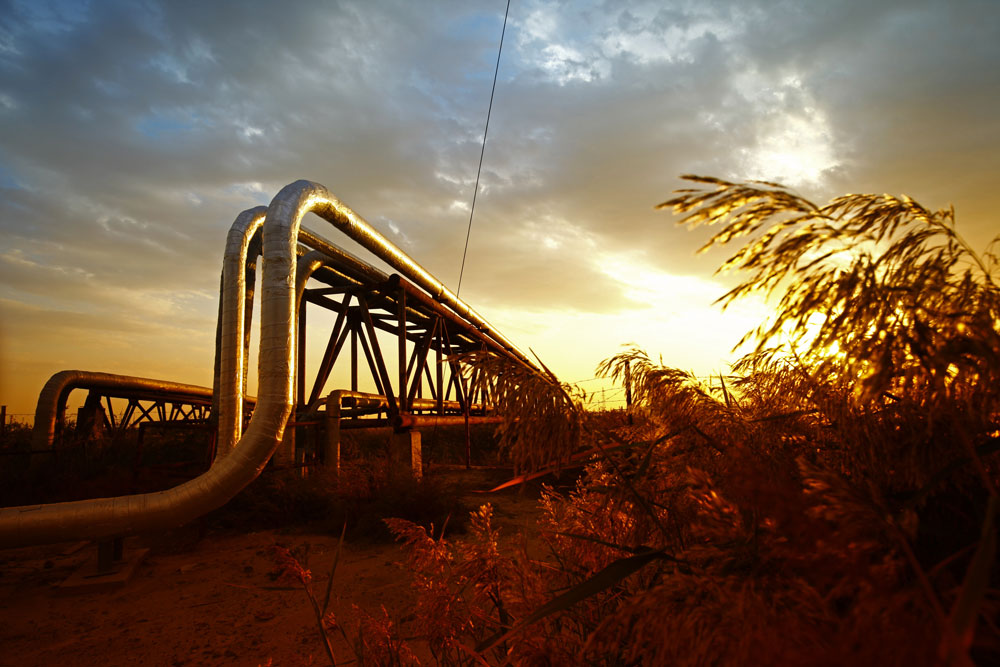The Basin Endures
The surge of Permian Basin output has sparked a flurry of new midstream projects to replace legacy assets and foster exports.
By Frank Nieto, Contributing Editor

America loves a comeback story, whether it’s Rocky, Tiger Woods at the 2019 Masters, or Elvis in 1968. America also loves moneymakers. Combine the two, and you wind up with the Permian Basin.
It’s been 100 years since the Permian’s first commercial well was brought online. This well sparked a nearly 50-year run of prosperity. However, the basin began to experience production declines in the 1970s, until the advent of better hydraulic fracturing techniques in shales helped the region’s operators find their fastball again.
This led oil and gas production out of the Permian to surge to the point where it took on a whole second life far larger than the first. Between 2011 and today, oil production quadrupled and is now more than 4 million bbl/d. Gas output has also surged and could reach 15 Bcf/d by 2023, according to IHS Markit.
Unlike other booming shale plays, the Permian also has the advantage of existing infrastructure that has helped kickstart the region’s ability to get production to market.
Yet this legacy infrastructure was quickly out- matched by production, which resulted in crude oil bottlenecks and negative natural gas prices in the region. “The problem was it bounced back so much that it just overwhelmed existing infrastructure,” Peter Fasullo, principal at En*Vantage Inc., said.
Unlike when similar situations occurred in other shales, there wasn’t the economic discretion to back off gas production to improve prices, since all the gas being produced in the Permian was associated gas from rapidly rising crude production.
According to Fasullo, the biggest challenge associated with the Permian Basin has involved developing end markets rather than midstream infrastructure. “Once there was this realization that new natural gas infrastructure was needed, gas pipelines were built across the Rio Grande to export volumes to Mexico. The problem is that Mexico hasn’t really executed on its plans to convert to gas-fired power generation from petroleum-derived fuels. Their economy also hasn’t grown as fast, and the only reason why we’re exporting gas to Mexico really now is because Mexico’s gas production is in steep decline,” he said.
Pipelines for moving crude, liquids and gas are the infrastructure components most needed in the Permian, and their buildout is underway. “There’s been a lot of money spent on infrastructure in the last several years to try to catch up with production, and I think that by the first part of 2020, for the most part we’ll be caught up,” said Karl Pfluger, president of Oryx Midstream Services, Midland. Oryx, the largest private midstream company in the Delaware Basin with at least 1 million acres dedicated to its system, will have transportation capacity exceeding 900,000 bbl/d.
